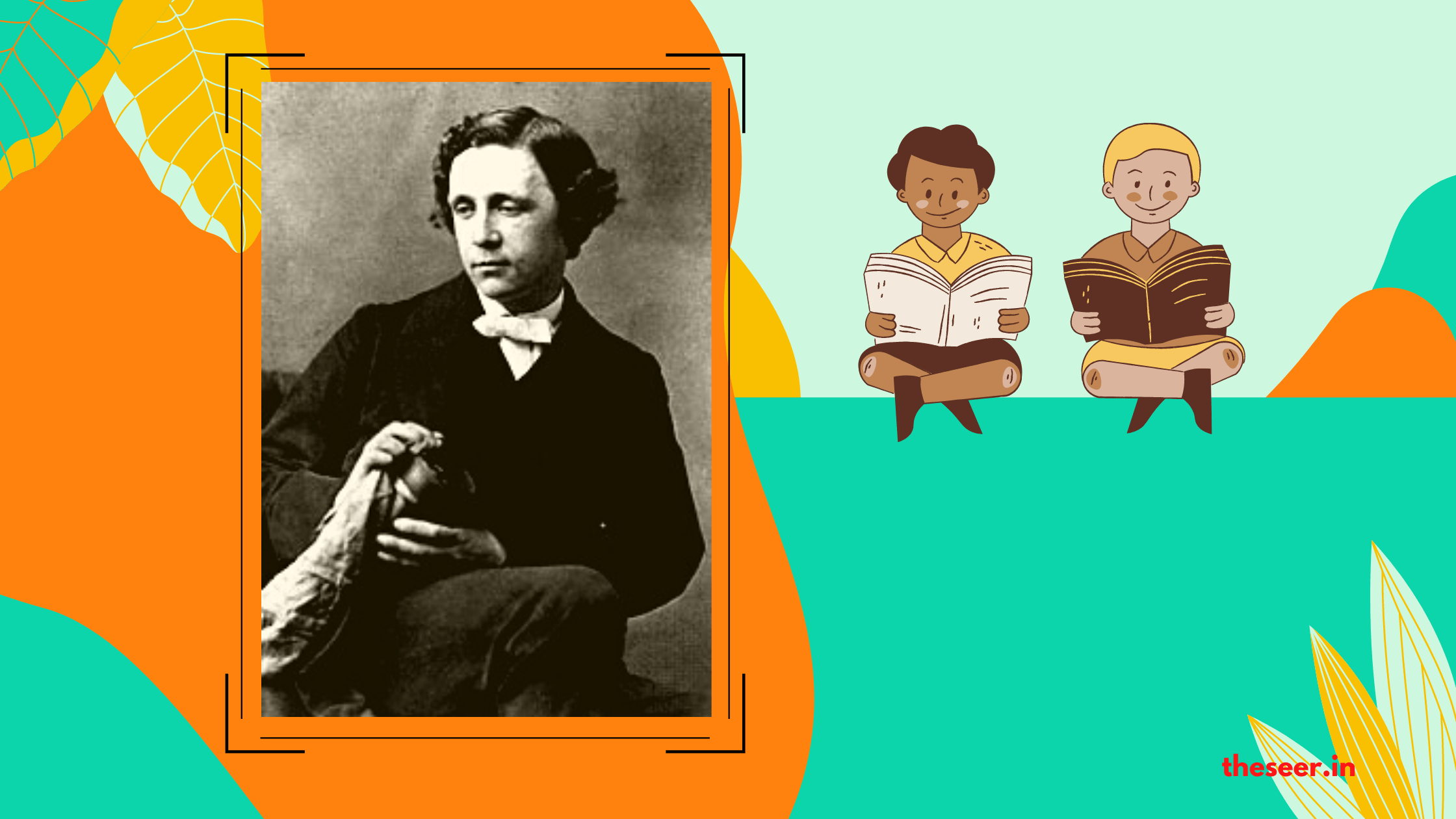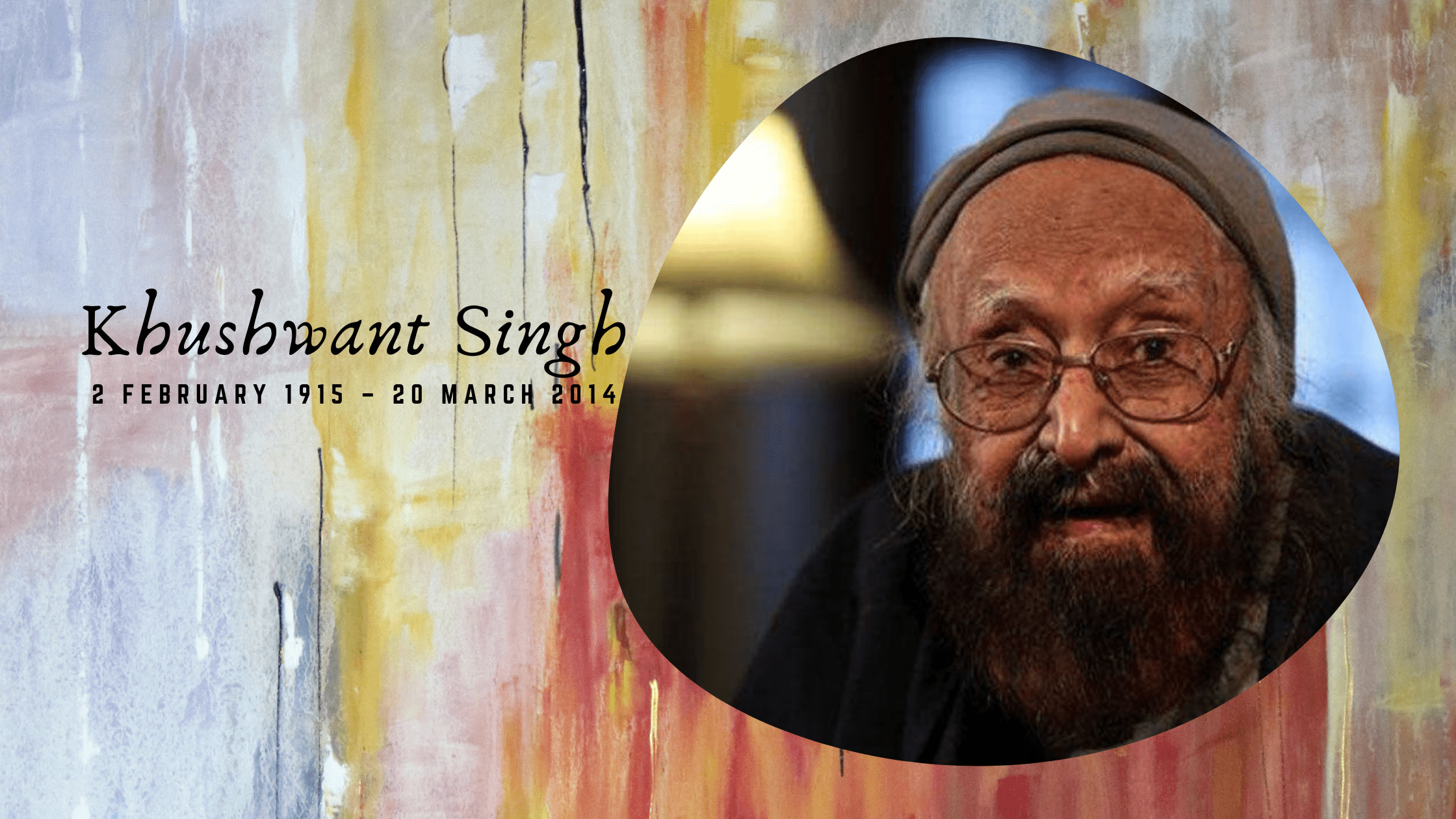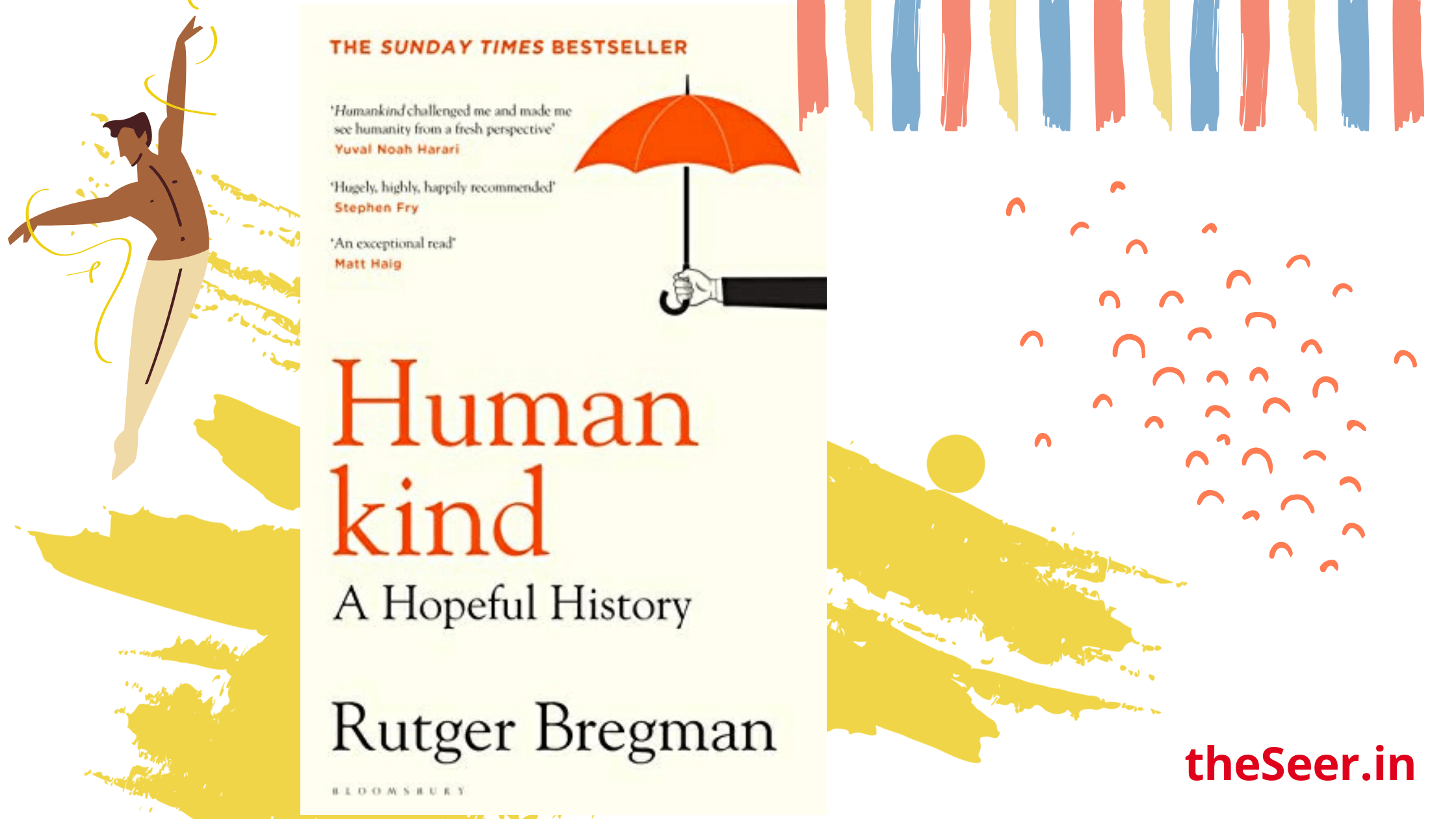As an English literature graduate, I have been approached often to correct grammatical inaccuracies in a random sentence. Both strangers and acquaintances have asked for tips on how to improve their English, particularly spoken English. To those like me, who went to higher-end English medium private schools, English was not a choice- it was the language of theatre, public speaking, projects, and even casual conversations. But many spend a good part of their lives aspiring towards English proficiency as is evident from the flourishing number of English-speaking classes in the country. This has much to do with English increasingly becoming the language of formal communication and being seen as a pathway to better jobs.
The impeccable English we want to achieve is usually an ideal British English – however, with the growing influence of American pop-culture and increasing use of the internet, we find ourselves increasingly speaking American lingo. An interesting product of colonialism and neo-colonialism is this standard English that looks down upon Indianisms- any literal translations from Indian languages into English. The internet houses a myriad of articles and videos that teach us how to avoid grammatically incorrect Indianisms: Your good name please?, Will you take tea?, or words like prepone, wheatish, and native-place.
The slangs of American English are also understood as being grammatically incorrect and must be avoided from all formal communication. But Indianisms are usually the subject of mockery and humor. They indicate a rustic lack of education. Why are these seen as incorrect translations into a foreign language that Indians claim to master? Don’t the decades of English use as an official language in independent India make it a language of our own that can be tweaked and turned?
Establishing the legitimacy of Indian English has been a long drawn conversation. Nissim Ezekiel’s ‘Very Indian Poem in Indian English’ is often seen as making a case for Indian English. It is a criticism of modernity that laments the loss of Indian values.
‘I am standing for peace and non-violence.
Why world is fighting fighting
Why all people of world
Are not following Mahatma Gandhi,
I am simply not understanding.
Ancient Indian Wisdom is 100% correct.
I should say even 200% correct.
But modern generation is neglecting-
Too much going for fashion and foreign thing.’
This sentiment very typical of the Indian post independence period cannot be fully expressed in standard English. To do so would mean losing key cultural context as well as inferences about the time period and social location of the speaker.
For many, the existence and legitimacy of an Indian English which has undergone changes over the years and has varieties of its own is not a matter of debate. For Shashi Tharoor, Indianisms slip into casual conversion quite routinely and Indian English has the right to be as distinctive as Irish English or American English. He points out, for instance, that a word like brinjal is not used in any Indian language or in English spoken in the western world (where it is called eggplant). It is a word from distinctive Indian English. Google dictionary has also started including an Indian English pronunciation for some words. With India claiming to be the world’s second-largest English-speaking country, recognizing Indian English as a distinct language of our own seems non-negotiable.
However, it is also true that English is often seen as a foreign language that many Indians master. I am not simply referring to the pleasant surprise at our ‘good English’ that quite a few foreigners express, but the way we perceive English ourselves. Indianisms being perceived as incorrect translations are simply evidence of this perception. The three-language formula of India’s Education Policy requires two out of the three languages taught to be native to India and in doing so regards English as a foreign language.
To embrace English as a language of our own is not simple. The statistic on English speakers in India does little to explain the complex position of the language in the country. Its growing importance is, in fact, a source of much contention to those who see it as a threat to cultural diversity. It is criticised for being a language accessible only to the elite, thus widening the class gap by creating a language gap. At the same time, English instruction is celebrated as being the means to uplift the poor and marginalized. The politics that mar English use is of the many who do not speak it.
Within such realities, the possibility of Salman Rushdie’s chutnification’ of English being widely accepted, with its abundant use of Hindi and Urdu words and reflection of India’s hybrid culture, seems too optimistic. Yet its existence is reassuring and hopeful. Indianisms may not be accepted into the standard or even as the slangs of a distinct Indian English. Yet they will continue to exist on the margins, spoken every day. Because perhaps, we are like this only.






















